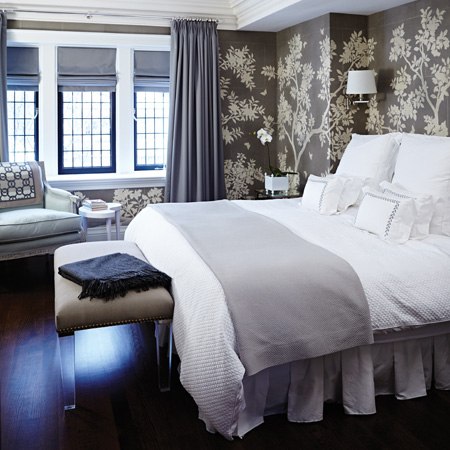Mattress covers may not help with dust mite allergies
Based on two dozen clinical trials, U.S. researchers find that expensive mattress protectors make no difference in reducing dust mite allergies or their symptoms.
Up to 40 percent of the world population has allergies, and dust mites are thought to be one of the most common causes. Doctors often tell patients to buy special mattress and pillow covers despite a lack of evidence they relieve the problem, the authors say.
"Based on this analysis which combines data from many different studies, there doesn’t seem to be any benefit to using dust mite covers to prevent allergic disease or to prevent symptoms," lead author Whitney Arroyave told Reuters Health.
Arroyave, a researcher with the Tulane University School of Public Health and Tropical Medicine in New Orleans, and her colleagues combined results from 24 trials of methods to reduce dust mite exposure and prevent allergy signs and symptoms
The study team found that use of the mattress covers had a large effect in reducing exposure to house mite dust levels - about 20 percent - but this reduction had no statistically significant impact on house dust mite sensitization, or symptoms such as wheezing, asthma, runny nose or dermatitis.
The results are published in the Annals of Allergy, Asthma and Immunology.
Arroyave said it isn’t clear why dust mite covers don’t seem to be effective in relieving allergies, but it’s possible they don’t lower mite levels enough to improve symptoms, or maybe beds aren’t the main source of exposure for the dust mites.
"Or maybe it’s not the dust mite at all - maybe they’re not causing the problems," she said.
Arroyave said that dust mite covers cost around R1000, which is a burden, particularly for very low-income people.
"It’s expensive to ask them to pay for this," she said.
She added that other researchers have done bigger studies, looking not just at dust mite covers, but all kinds of dust mite prevention measures.
"They didn’t find any results either," Arroyave said, "so I think we’re just saying, you know, look at this again - maybe we need to revisit the recommendations." Dr. Samuel Friedlander, an allergist with University Hospitals Rainbow Babies and Children’s Hospital and Case Western Reserve University School of Medicine in Cleveland, Ohio, said he doesn’t plan on giving up recommending dust mite mattress covers.
"What’s important to understand is that avoidance measures are very important for allergy controls, and one of the three ways we treat allergies by avoiding your allergies, medication and immunotherapy or allergy shots," said Friedlander, who was not involved in the new study.
"This article is helpful to show a single measure to control allergies is not always effective - we have to use multiple measures," he said.
"So the take home message for me is that dust mite covers are still very important, but they should be part of a comprehensive treatment plan," he said.
Researchers try to modify one thing at a time, to show a cause and effect, but in real life, allergists make multiple recommendations necessary to resolve patients’ symptoms, Friedlander said.
"If you do a single thing like dust mite covers, but you’re still exposed to dust from other sources in your house or work, or if you have other allergies like pets or pollens, then of course a single measure like dust mite covers is not going to be effective," he said.
Friedlander said he doesn’t want people to think that dust mite covers are not important.
"I think the point is that we need to make multiple recommendations to relieve multiple allergies that our patients are allergic to," he said. "Dust mite covers are very important, but they have to be part of a comprehensive treatment plan."
Mattress protectors from Bed King are not only helpful in managing allergies, but also to maintain better hygiene and prolong the life of your mattress.
Article source: https://www.reuters.com/article/us-mattress/mattress-covers-may-not-help-with-dust-mite-allergies-idUSBREA1R20820140228

